About products and suppliers
Найдите подлинный толстый напольный коврик. на Alibaba.com, чтобы помочь вам быстрее и эффективнее перемещаться с места на место. Это высококачественное оборудование объединяет безопасность пользователей и производительность, делая поездку приятной и безопасной. Эти стабильные толстый напольный коврик. универсальны с регулируемыми ручками, которые подходят для всех возрастов, поскольку они адаптируются для любого роста. Специально разработанная ручка из пластика и резины жизненно важна для лучшего сцепления с дорогой во время круиза на высокой скорости.
Эти модные и стильные толстый напольный коврик. сделаны с использованием последних инноваций и дизайна для легкой езды. Прочные колеса изготовлены из износостойких материалов, чтобы выдерживать повседневные поездки. Колеса надежны на неровных дорогах, поскольку они оснащены амортизирующей технологией, которая защищает пользователя от шатких ударов. Нескользящие колеса также повышают безопасность, поскольку их сцепление с дорогой и тротуарами снижает вероятность несчастных случаев.
Эти элегантные толстый напольный коврик. на Alibaba.com также стабильны благодаря уникальному дизайну колод. Эти просторные палубы предлагают достаточно места для ног, что дает пользователям высокий баланс во время езды, что еще больше повышает их безопасность. Эти ультрасовременные деки с оборудованием также созданы с нулевым скольжением, чтобы пользователи могли полностью сосредоточиться на поездке, не беспокоясь о падении.
Получите заманчивое толстый напольный коврик. которые предлагаются на Alibaba.com, где выбор огромен для всех. Поставщикам рекомендуется приобретать это высококачественное оборудование для перепродажи, а также для личного использования. Возможности потрясающие: от цветов, размеров до индивидуального дизайна - в зависимости от того, что вы решите купить.
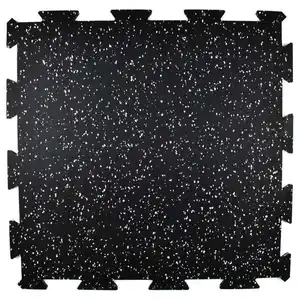



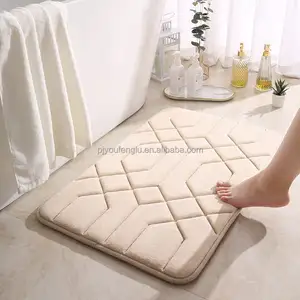

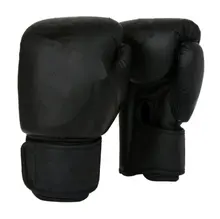

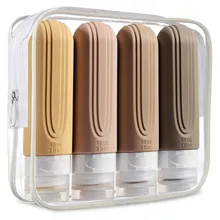
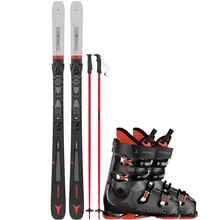
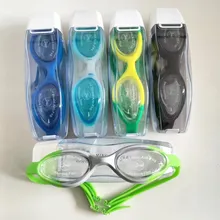

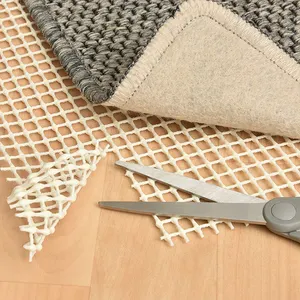





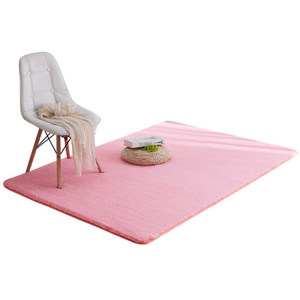

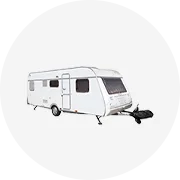
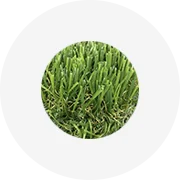




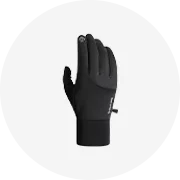




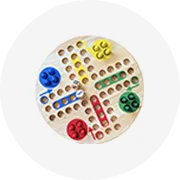
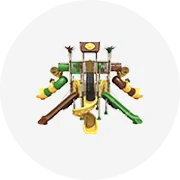
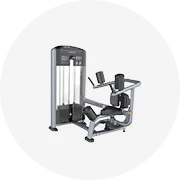









 浙公网安备 33010002000092号
浙公网安备 33010002000092号 浙B2-20120091-4
浙B2-20120091-4